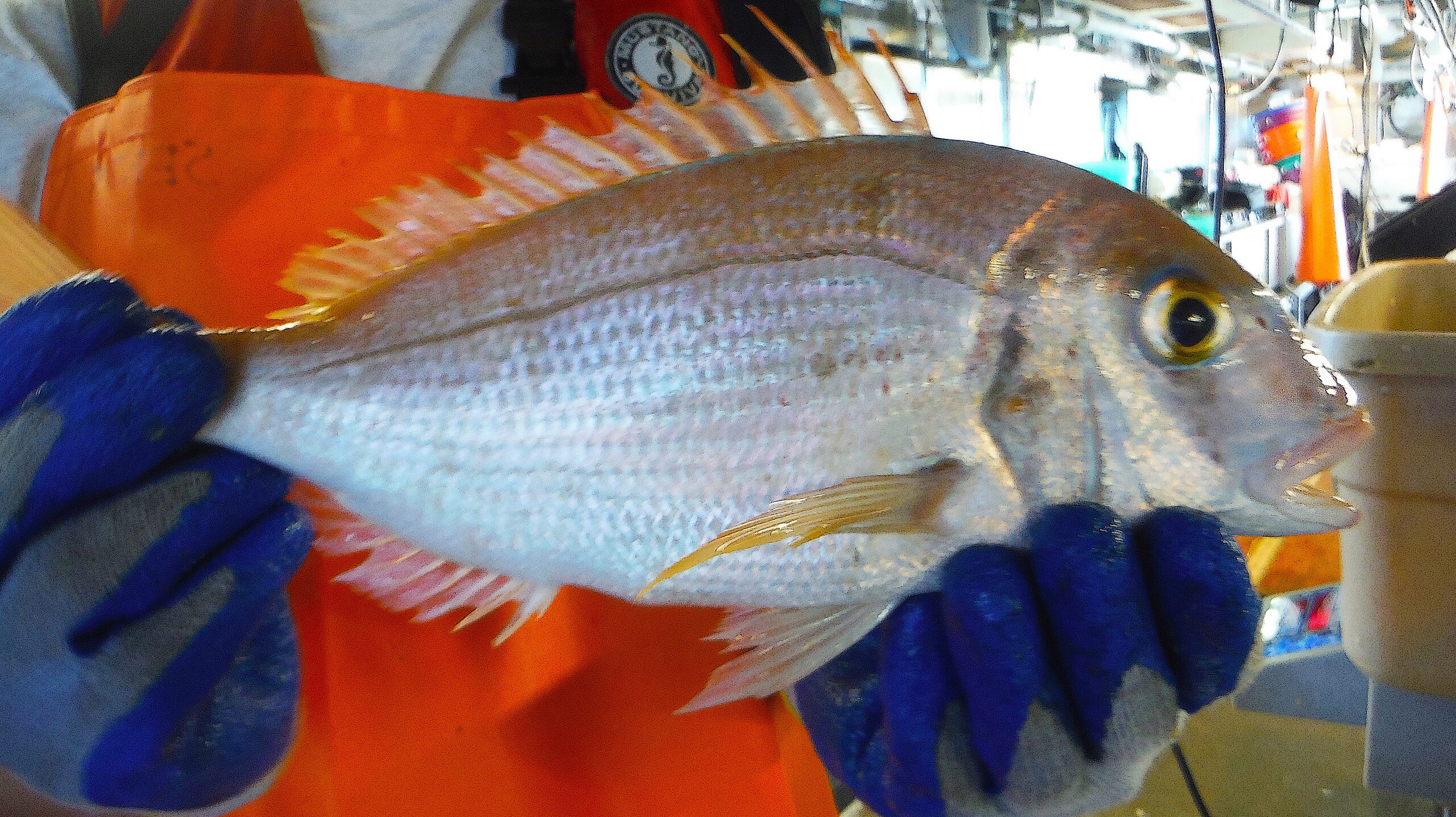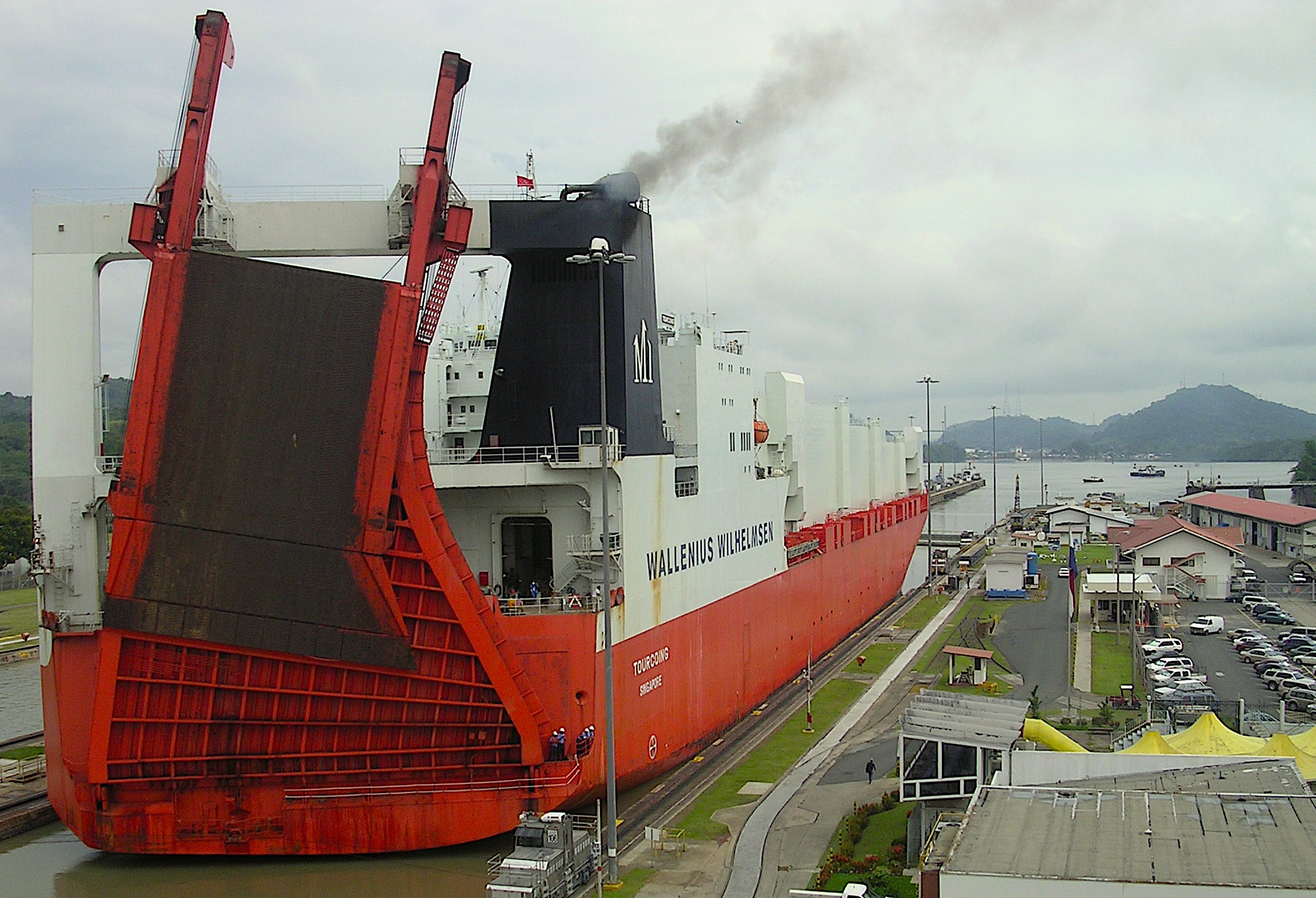Does Restricting Fishing Activity Actually Benefit Reef Fish?

New science explores the effectiveness of marine protected areas.
In February 2009, the South Atlantic Fishery Management Council, which manages marine fisheries 3 to 200 miles offshore, designated eight marine protected areas between Cape Hatteras and the Florida Keys in order to protect several fish species.
These areas include one in North Carolina, located east of the Cape Fear, where a wreck site once held spawning aggregations of snowy grouper. However, fishers can no longer enter the site to chase after the fish.
But does restricting human activities in areas like this actually help meet conservation goals?
Research Need
Marine Protected Areas (MPAs) are set aside for long-term conservation of fishes. Since 2000, MPA coverage has increased four-fold globally. Furthermore, fishery managers are using no-take marine reserves — MPAs with stronger protection — as a tool to restore and preserve biodiversity, as well as to enhance ecosystem resilience.
Despite the increased usage of MPAs, data on effectiveness is limited, and scientists are divided on the usefulness of MPAs to reach their conservation and management goals.
What did they study?
The research team examined changes in abundance, size, and age of managed reef fish species in response to the implementation of three deep-water MPAs in the Atlantic Ocean off the southeastern United States. This study used data from 2000 to 2018 from state and federal fisheries trap-video surveys to look at changes in combined abundance of 10 reef fish species overall, and for red porgy specifically, in response to protection. The team focused on red porgy in particular because they expected the species to respond quickly to MPA implementation.
What did they find?
Results suggest that the network of MPAs in the South Atlantic Ocean have not yet had a positive effect on exploited reef fish species, with a few exceptions. The team did not observe fish abundances — reef fish or red porgy — increasing inside of the MPAs after protection was implemented. There was either no change or a decrease in managed reef fish abundance in each MPA relative to adjacent fished areas.
Examination of some biological indicators, such as total length, did show a significant positive response to MPAs. For red porgy, there was a small positive shift toward larger fish size observed in two of the MPAs and to older fish in one of the MPAs, when compared to adjacent unprotected areas.
Anything else?
While fish length comparisons between protected and adjacent areas may only differ by a few centimeters, this could mean the difference between legal and illegal fish.
For example, the proportion of red porgy over the minimum size limit for one of the examined MPAs (off South Carolina) increased from 58% prior to MPA establishment to 72% for the most recent period afterward. This could lead to increased availability of legally sized fish in the region if and when species move between protected and unprotected areas.
Reading
Pickens, C., Smart, T., Reichert, M., Sedberry, G.R., and D. McGlinn. 2021. “No effect of marine protected areas on managed reef fish species in the southeastern United States Atlantic Ocean.” Regional Studies in Marine Science 44 (2021) 101711.
This work was supported by the Marine Resources Monitoring, Assessment, and Prediction (MARMAP) program, USA (NOAA grant #NA11NMF4540320), Southeast Area Monitoring and Assessment Program, USA-South Atlantic (SEAMAP-SA) (NOAA grant # NA11BMF4350172), and the Slocum-Lunz Foundation, USA.
Summary compiled by Sara Mirabilio.
Lead photo: red porgy, courtesy of NOAA.
The text from Hook, Line & Science is available to reprint and republish, but only in its entirety and with this attribution: Hook, Line & Science, courtesy of Scott Baker and Sara Mirabilio, North Carolina Sea Grant. HookLineScience.com
- Categories:



